Will I Really Benefit from Grazing My Cover Crop?
UnderstandingAg
MAY 8, 2024
If done right, it should always be building fertility, not extracting it. Concentrations of minerals in cereal rye forage at several developmental stages when harvested at a 4-inch height. Nutrient removal is a function of not only nutrient concentration but also forage yield. are on a per ton of dry matter basis for the forage.



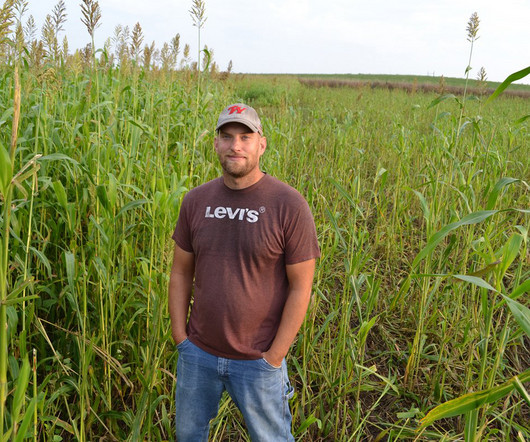

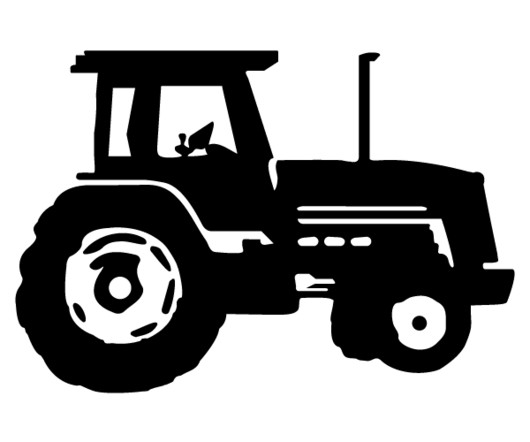


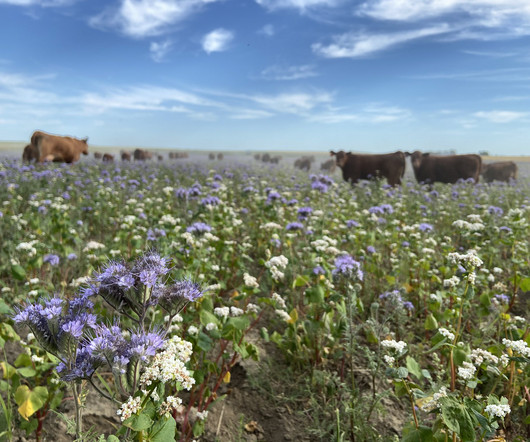

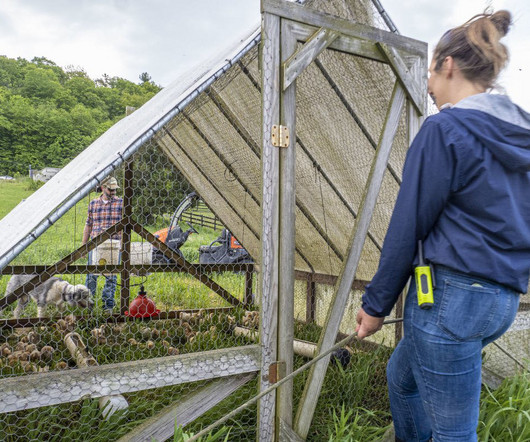
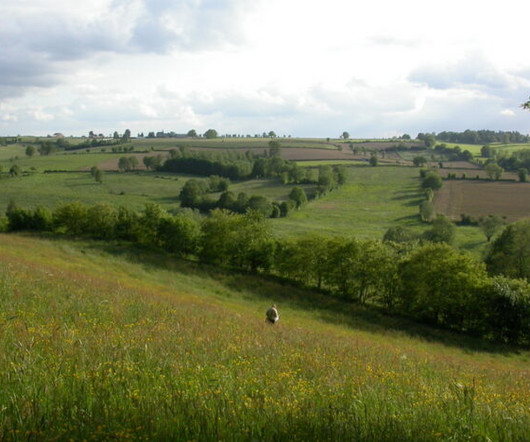








Let's personalize your content